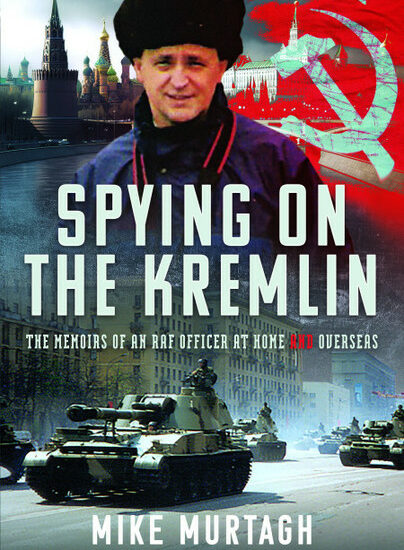Author Guest Post: Jan Gore
My mother’s friends and the Guards’ Chapel incident, 18 June 1944
It was June 1944 and my mother, Enid Sykes, was lodging at the YWCA in Penywern Road, Earls Court. She was a final year student at King’s College, London. She was originally from Cudworth and was the first of her family to go to university. She had been evacuated with the College to Bristol University for the first two years of her course; it was there that she met my father, Alan, at a dance. As part of their “war work” as students, they were required to carry out regular fire watching on the roofs of the university buildings. This would entail watching for incendiary bombs being dropped from enemy aircraft, after which they would be required to knock the bombs off the roof by any means possible so that nothing would catch fire. My parents were under 20 in 1942. Ensuring the safety of the University estate was a heavy responsibility for two teenagers.
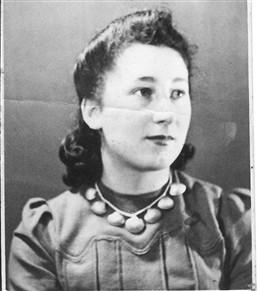
By summer 1943 it had been decided that the University and the King’s College students were safe to return to London. Enid spent a lot of that summer helping with the preparations for the move. For her final year at university, she took digs at the YWCA in Penywern Road, the road behind Earls Court tube station. There were other young women there and she became friendly with some of them. There were two cousins, Beatrice and Ellen who were near her age, as well as Marjorie, who had a younger sister also doing war work nearby. When the weather was fine, they would go for walks in the nearby Brompton Cemetery, not far from the end of their road.
It was now June 1944. D-Day had come and gone, and there was a spirit of cautious optimism. Surely the war must be almost at an end. Enid’s main concern was revising for her final exams; she was due to start work as a teacher in Bristol, if she achieved good grades. This meant she was spending every spare moment going through her lecture notes and set books, looking at all she had learned in French, Spanish and Latin.
Beatrice and Ellen, both 22, were doing office jobs, while Marjorie, 31, was apparently a munitions worker (she had previously been a nurse); both she and her sister Jessie had come to London from Scotland to help with the war effort. That Sunday, 18 June, they met at breakfast and talked to Enid about their plans; they wanted to go to the Guards’ Chapel and attend the 11 o’clock service. Marjorie’s sister was coming with them, along with Barbara, who also lodged at the YWCA. The music was always beautiful, and it was an opportunity to give thanks for the start of the second Front. Did she want to come?
Enid had already had a broken night. The new V-weapons were starting to arrive, and her sleep had been repeatedly disrupted by the anti-aircraft guns going off during the night. She knew her university exams would start again on the Monday and she needed to prepare for them; potentially her future career would depend on it. So, she told them she would stay put and would see them for a late lunch when they came back.
She watched them go : tall slender blue eyed Ellen, Beatrice, plump and brown eyed and Marjorie with her younger sister Jessie, both small and dark. She didn’t realise that this would be the last time she’d ever see them. She turned back to her French grammar and was soon absorbed in it.
A couple of hours later, Enid remembered her promise about lunch. She bookmarked her place in her notes and headed down to the canteen. There was no sign of her friends. She waited for some minutes, then decided she would start without them. People were coming in and out and there were some ominous noises off again: sirens, alerts and occasional loud bangs. She could hear the trains running nearby at Earls Court, but somehow this wasn’t reassuring.
Enid was concerned. They should have been back by now. She went to find the warden, Lucy Lane, to alert her that there could be an issue. Lucy had begun to hear reports about a serious incident at the Guards’ Chapel; there were rumoured to be heavy casualties after a V1 attack. Enid confirmed that this was where her friends had been heading. By now the WVS had set up an Incident Inquiry Point at Westminster Barracks and people were starting to make enquiries about their missing friends and family members. Lucy took her responsibilities seriously and was aware that some of her charges originated from outside London; it was up to her to act in loco parentis.
By late afternoon on the 18th many of the military and civilian casualties had already been removed from the Chapel. The V1 flying bomb that had hit the reinforced concrete roof had caused it and several of the walls to collapse on the congregation; many people were trapped under up to ten feet of masonry and debris. Some died instantly, while others had to wait hours to be extricated. Lucy logged the details of her missing charges with the Incident Inquiry Point and was told they would contact her once they had news.
On Monday 19 June Mrs Lane contacted the WVS again. By now they had more information. She was told that Barbara and Jessie were in hospital; Barbara was in Westminster Hospital with head injuries, while Jessie was in Brompton Hospital with a cut leg and face. A newspaper report later said that Jessie remained in hospital almost a month later; clearly her injuries were serious.
Beatrice, Ellen and Marjorie were thought to have been taken to the Westminster Mortuary, the former St Gabriel’s Church Hall, but needed to be identified before death certificates could be issued. Beatrice’s father came from Wembley to identify her on Tuesday 20th June. That same day Lucy Lane identified Ellen’s body, but it would be the next day before she was able to identify Marjorie. Once this harrowing process was complete, the bodies could be released to the families and funeral arrangements could be organised. Beatrice was buried in Alperton Cemetery in the same grave as her maternal grandmother on 26 June. Ellen’s funeral was at Buckland, Dover on 26 June and was well attended by friends and family. Marjorie was buried in Monymusk Kirkyard on 25 June. She and her sister were mentioned in the Aberdeen Journal of 24 June (see below).
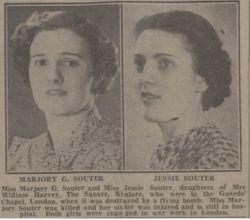
All my mother would ever say about the incident was “One day my friends went to the Guards’ Chapel. They never came back”. I am grateful to have had the chance to commemorate them, along with the other victims. All 124 victims will be remembered at the 80th anniversary service at the Chapel tomorrow, 16 June.
Jan Gore
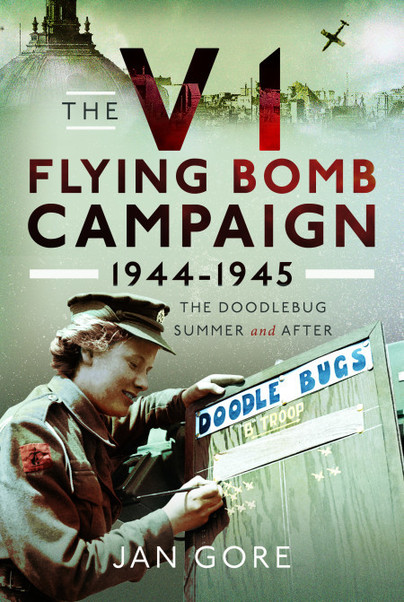
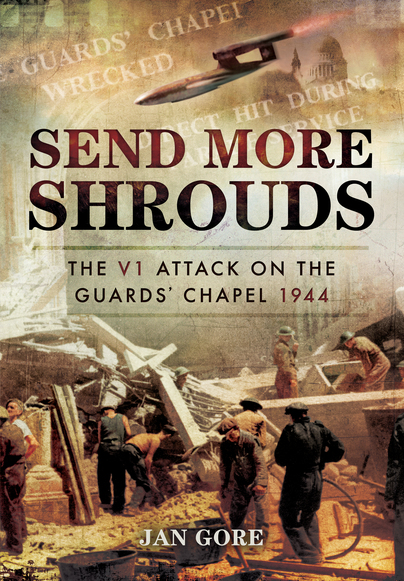
Order titles from Jan Gore here.
